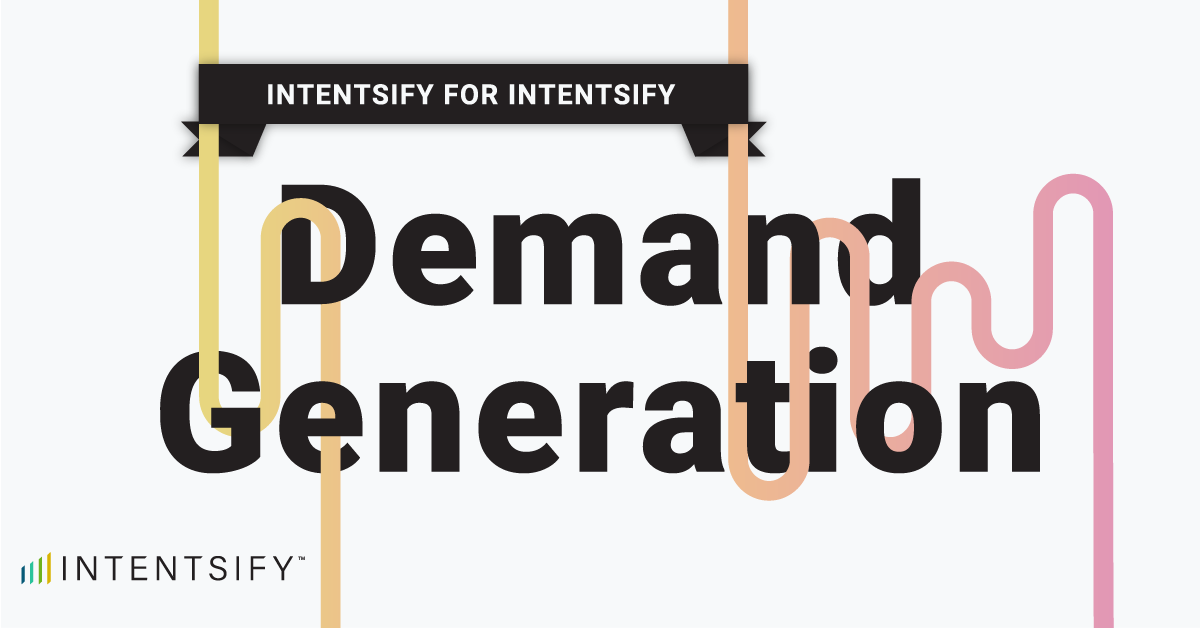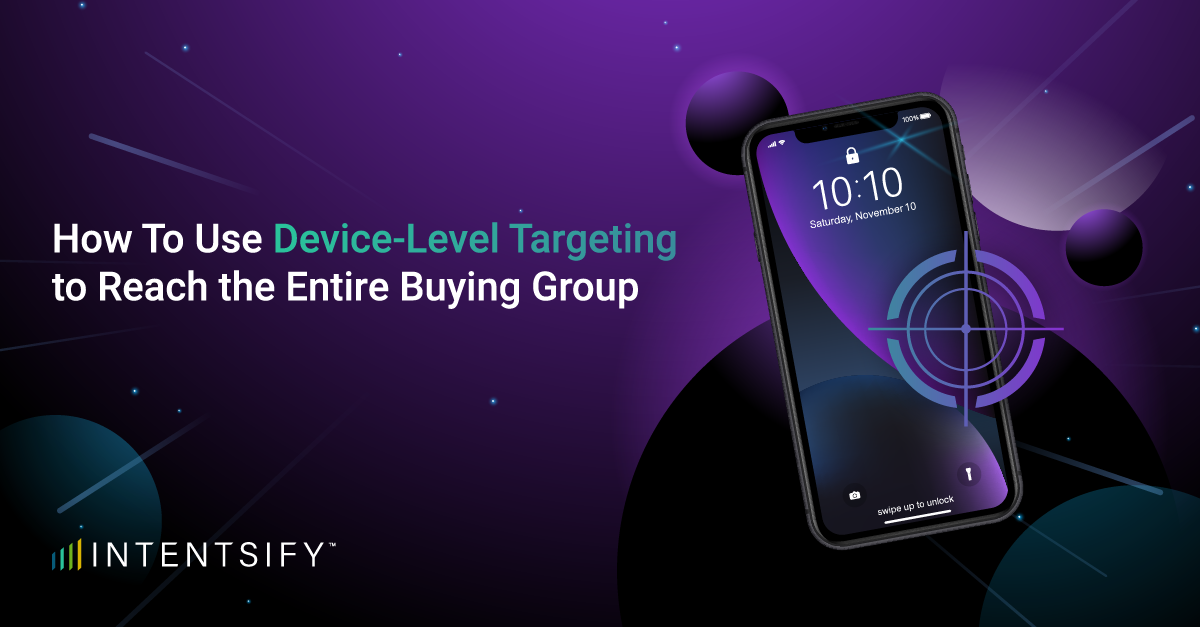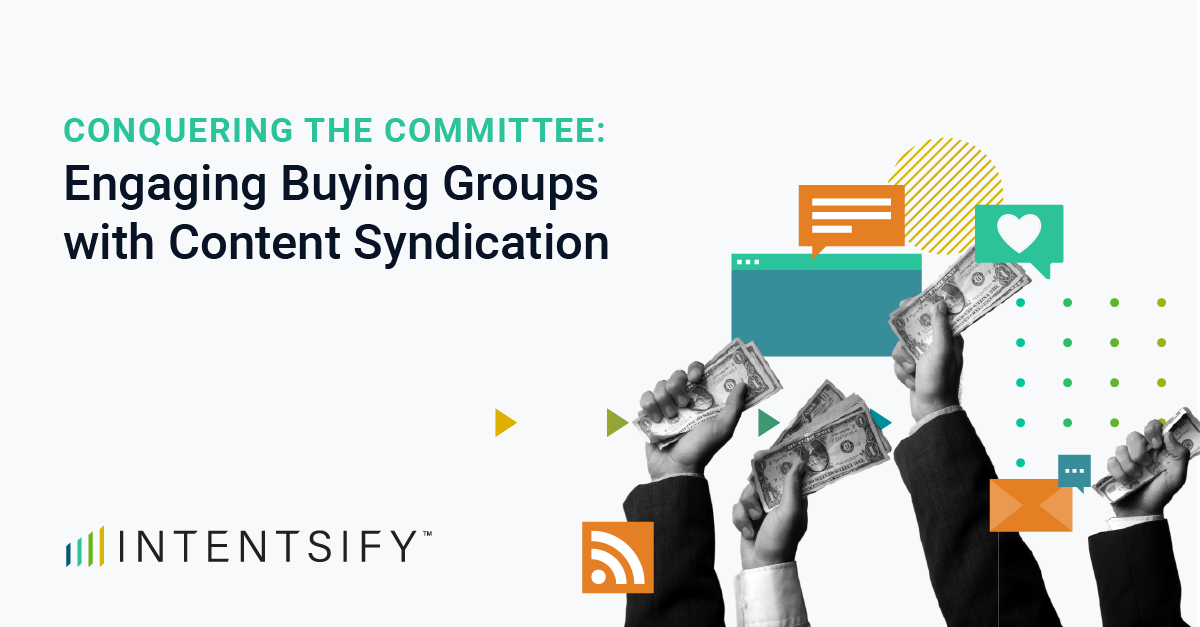If you’ve ever spent months carefully planning and running an extensive content syndication program only to end up with a bloated list of unqualified leads, you’re not alone.
Historically, marketers just assumed that if they distributed lots of content as widely as possible, it would naturally lead to interested buyers. As it turns out, it’s not quite that straightforward.
While content syndication helps you reach new audiences, boost your brand visibility and build credibility and authority in your niche, it rarely drives conversions when used alone. Rather, effective retargeting is the key to transforming your syndicated leads into engaged prospects.
Why Content Syndication Doesn’t Convert
It takes time to build trust. For most people, just reading an article or viewing content doesn’t establish credibility strongly enough to prompt instant action. Think about it: when was the last time you bought something just from reading an article?
This means that for modern B2B marketers, simply gathering up a list of everyone who interacts with your content and adding them to a list isn’t a good enough strategy. Not every prospect is ready to buy, and treating all interactions the same leads to low-quality leads and wasted marketing resources.
While content syndication is excellent when it comes to generating top-of-funnel awareness, the vast majority of prospects who engage with syndicated content aren’t ready buyers. Likely, they are trying to learn about a problem, not starting a purchase.
In fact, almost half (42%) of B2B buyers engage with 3-5 pieces of content and 30% consume five or more before engaging with a salesperson, according to Demand Gen Report’s 2022 Content Preferences Survey Report.
Why Retargeting is the Key
Leads from syndicated content have engaged with your content on third-party platforms, but they probably haven’t interacted with your brand directly yet. Most of these leads won’t convert immediately without re-engagement, but retargeting gives you an opportunity to reconnect with them.
Unlike cold outreach, retargeting focuses on people who have already shown some level of interest, which means you’re building on an existing connection instead of starting from zero. Most importantly, retargeting ensures you don’t disappear after that first interaction. It keeps your brand visible during a long, complex buying cycle, so when prospects are finally ready to act, you’re at the top of their mind.
How to Build an Effective Retargeting Sequence
The key to converting your syndicated leads is to build an effective retargeting strategy. In this section, we’ll share some top tips for building an effective retargeting sequence.
Align your follow-up content to the research stage
Each buying journey is made up of multiple research stages: educational, evaluative, and decision-enabling.
1. The awareness stage targets prospects who have shown initial interest, such as reading a blog. Your goal here is to simply build trust and increase your brand recognition.
2. The interest and consideration stages are for prospects who are engaged further, and may be actively considering your product. Your goal is to help them evaluate their options and see your solution as credible.
3. The decision stage is for highly engaged prospects who are ready to act. Your goal is to remove friction and encourage them to convert.
At each stage, your goal is to help the prospective buyer move to the next stage.
Use progressive messaging to deepen engagement
Progressive messaging helps you craft a narrative across multiple touchpoints. Instead of bombarding your prospects with the same message over and over again, you should aim to gradually deepen the conversation to build trust and guide them toward a conversion.
Your initial touchpoints should start broad and light, and aim to show your value without asking for anything, even a signup. Examples include blog posts, infographics, and short videos that explain a common issue.
After this, you can follow up with more detailed content that addresses the prospect’s pain points. This may include case studies, webinars, tutorials, or comparison guides featuring your competitors.
Only once the prospect is showing clear signs of engagement should your messaging shift to more action-oriented offers. At this stage, you may offer free trials, demos, personalized offers, limited-time offers, or discounts to remove friction and encourage prospects to convert.
Re-engage based on behavior
Every potential customer is different, so you’ll need to retarget them based on their unique behavior. Examples of potential ways to retarget include:
- Clicks on ads or links: If someone clicked an ad or link but didn’t convert it means they are interested, but may need more information or reassurance. You could show them content that provides additional information that encourages them to move forward.
- Downloads: If someone downloads your content, it shows they are more engaged and are actively seeking information. For example, if they downloaded an eBook, you could follow up with a related case study or webinar.
- Topic interest: Tracking which pages or topics a prospect engaged with or spent lots of time on can help you gauge their interest levels, and gives you an opportunity to retarget content that’s closely related.
Taking the time to re-engage with your prospects based on their behavior feels more like helpful guidance and less like spam, which increases the likelihood of conversion.
Learn How to Run Effective Content Syndication Programs
Retargeting based on buyer behavior allows you to meet your prospects where they are in their buying journey, and deliver content that aligns with their interests and level of engagement.
Tailoring your messaging to their actions, whether they clicked an ad, downloaded an asset, or spent time on a specific topic, makes your communications feel helpful and relevant rather than intrusive. Over time, this approach builds trust and nurtures leads more effectively, and makes them more likely to come back for more.
Want to learn how to make every content syndication program deliver measurable ROI? Download the eBook: How to Run Content Syndication Programs Worth Your Budget.






